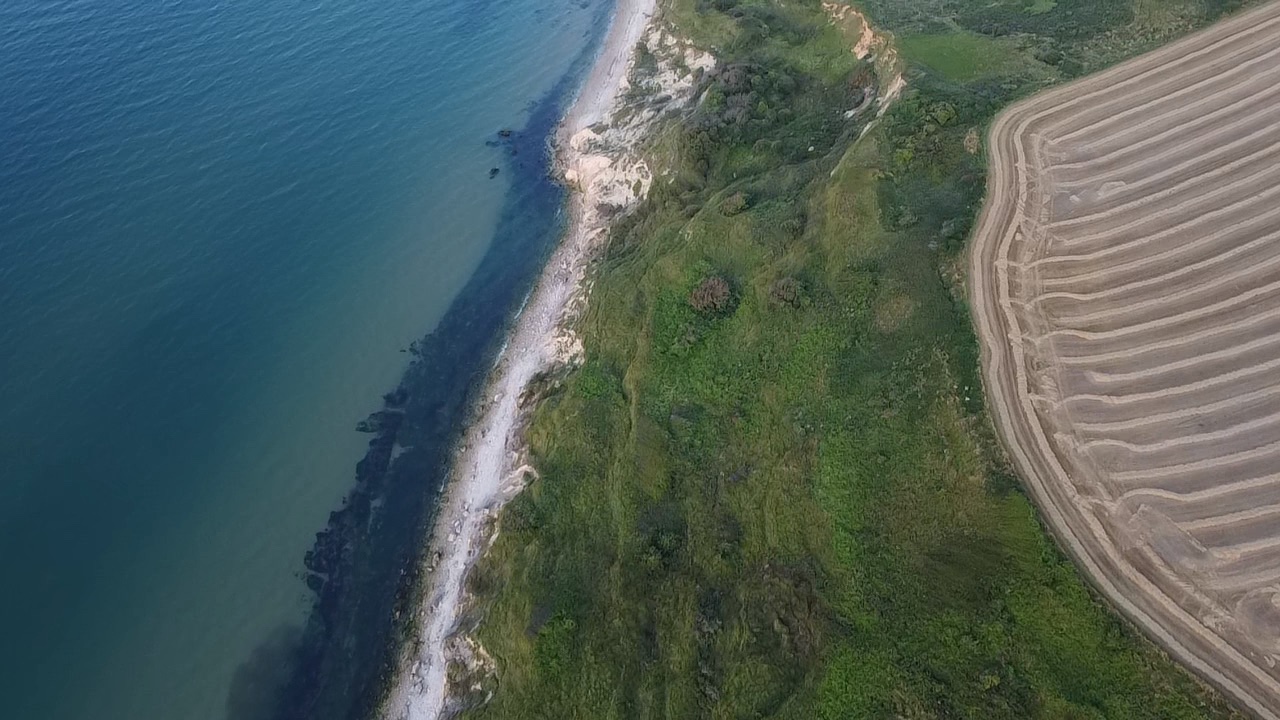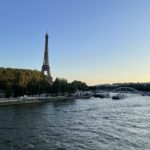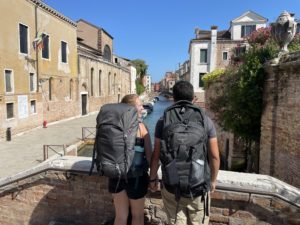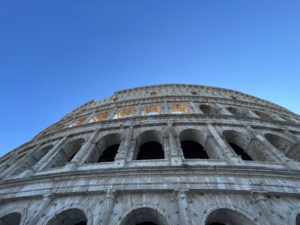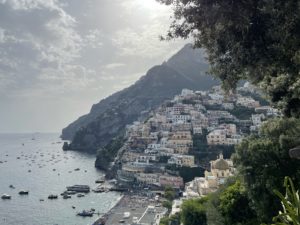July 20-22:
From Paris, we rented a car and drove 3 hours north to the region of Normandy. After growing up watching World War 2 documentaries, reading books, and seeing movies about this region, it was humbling to physically be at the site of the biggest military operation in human history – one of the last-ditch efforts of the free world to determine the future course of humanity.

D-day happened in the early hours of June 6th, 1944. 156,000 Allied troops invaded Normandy, shelling the beaches from battleships, storming the beaches from transporters, and parachuting deeper into enemy territory from planes above. My Great Uncle Danny was among the groups of paratroopers during this operation, getting injured from anti-aircraft shrapnel as he jumped from the plane, but continuing the fight through the Battle of the Bulge and eventually on to march victoriously into Paris later. He earned a Purple Heart!
Omaha Beach
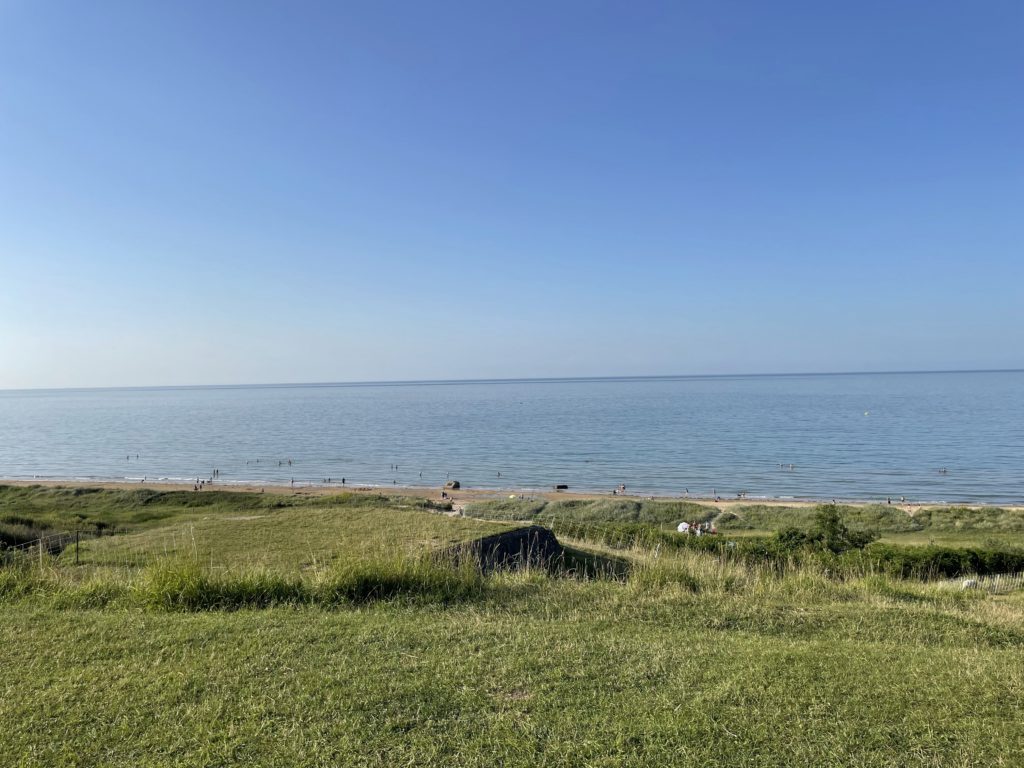
Today, the beaches of Normandy just look like normal beaches. It was surreal walking up and down the sandy beaches seeing children playing in the water, families making sand castles, and swimmers swimming laps. A part of me was disappointed that the people here were treating these beaches as if they were any other beaches, as if nothing significant happened here. This same part of me felt that somehow this carefree attitude was disrespectful of the many lives that were lost on these very beaches so that they (and we) could live freely. But the more I thought about it, the more I thought – isn’t this what the allied soldiers were fighting for? Were they not fighting for freedom, for simple family vacations, for carefree attitudes that didn’t have to worry about being controlled by dictatorships like Nazi Germany? With this realization, it became a beautiful picture in our minds to see these beaches treated so “normally”. Normalcy purchased by the bravery of so many Allied soldiers.
There were 2 stark differences that we noticed between Omaha beach and other less historically-significant beaches around the world. For starters, there were memorials and plaques everywhere. Different divisions of Allied soldiers erected monuments to their company’s/platoon’s bravery – some of the monuments were jutting out of the surf, some were further inland. But everywhere the memories of their lives and sacrifice were memorialized. The second difference was that there were old German bunkers still standing on the very edges of Omaha beach. There were no plaques for these bunkers, they were just there. You could freely explore each of them. A humbling reminder of how difficult these beaches were to secure.
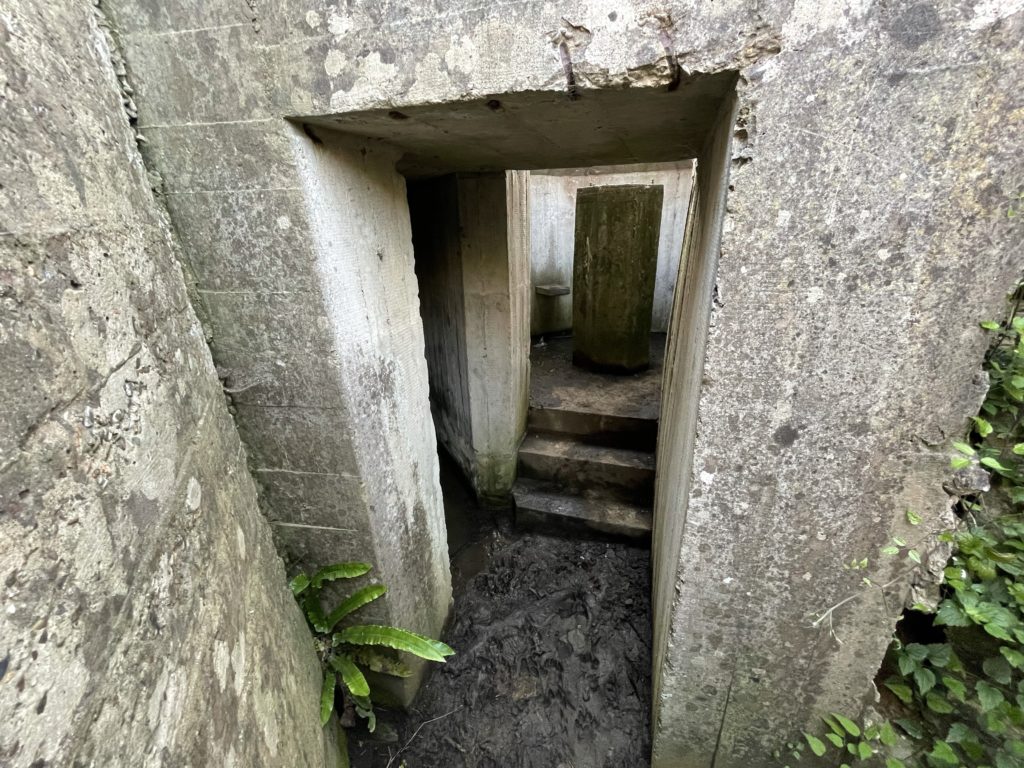
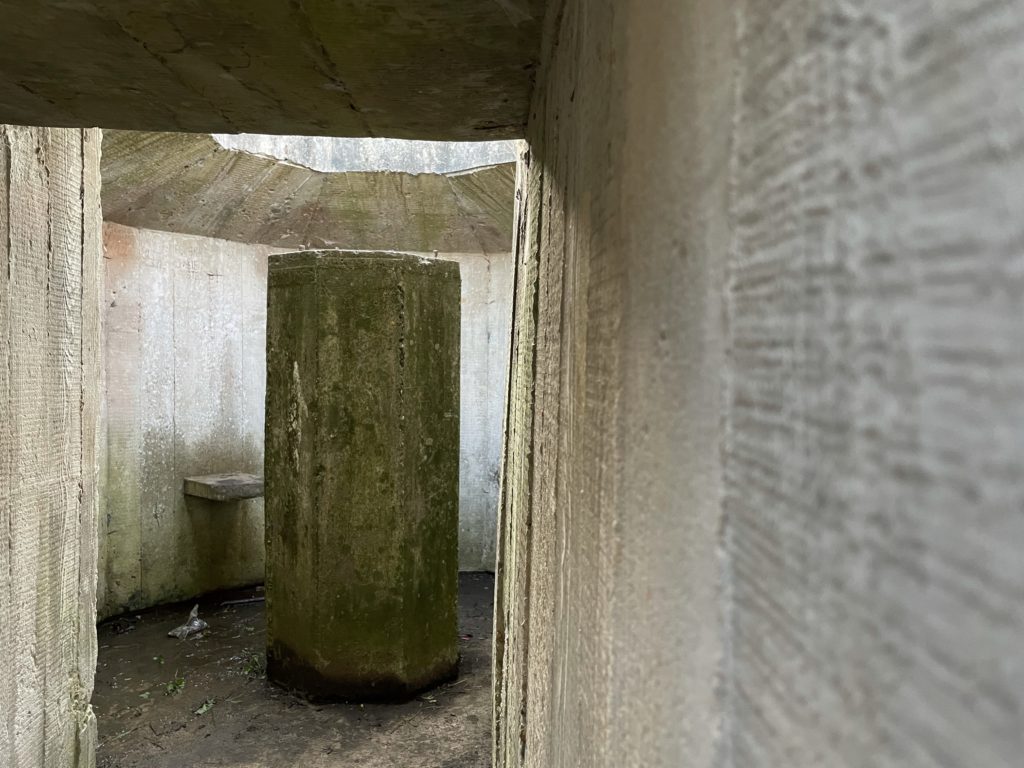
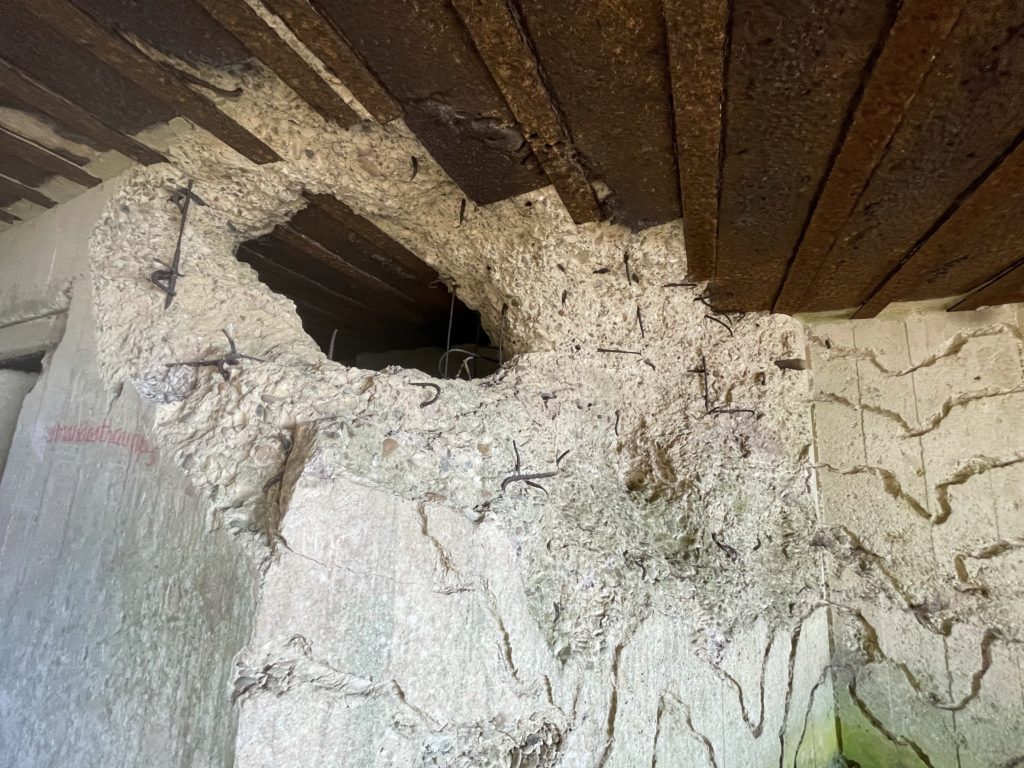
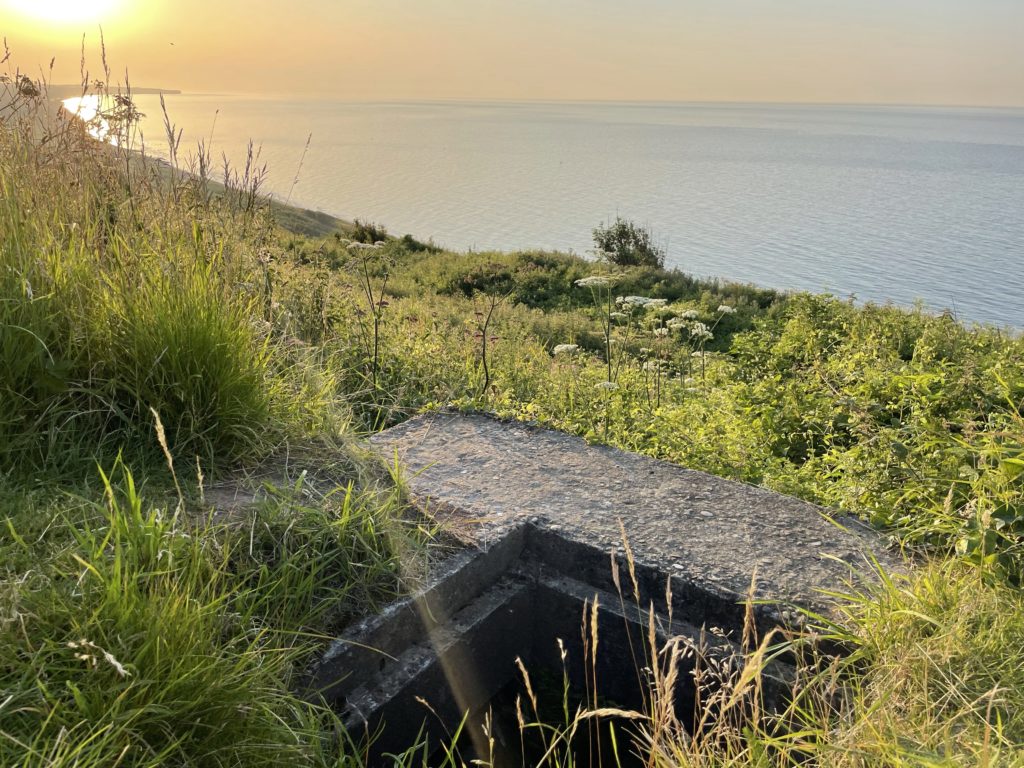
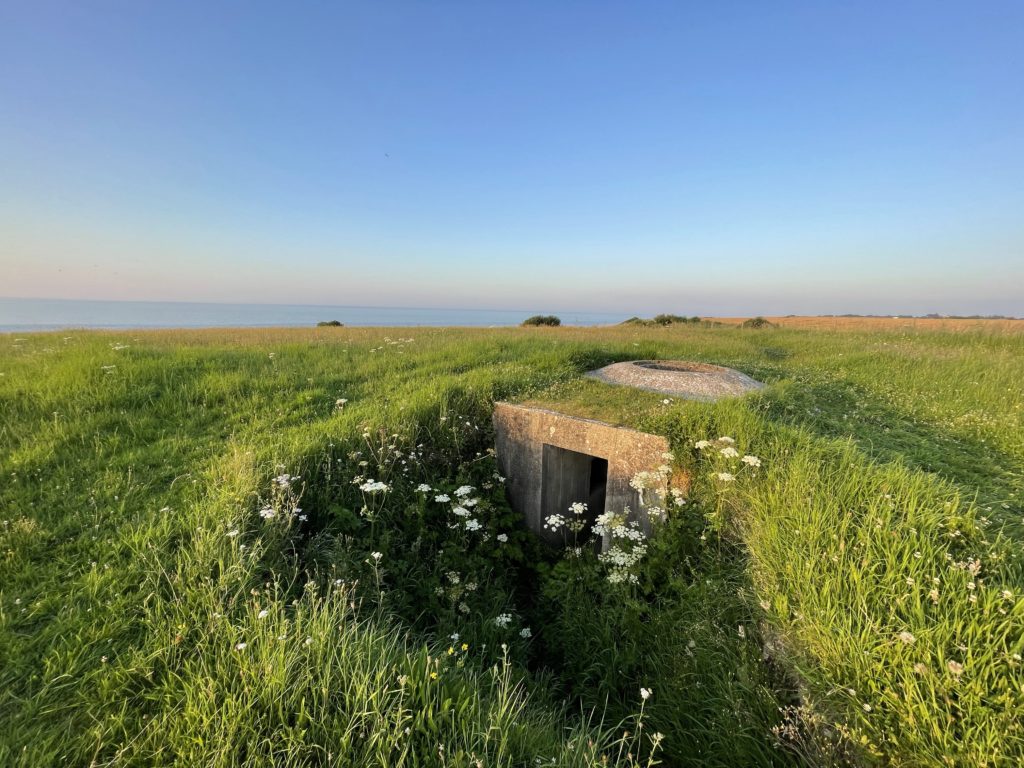
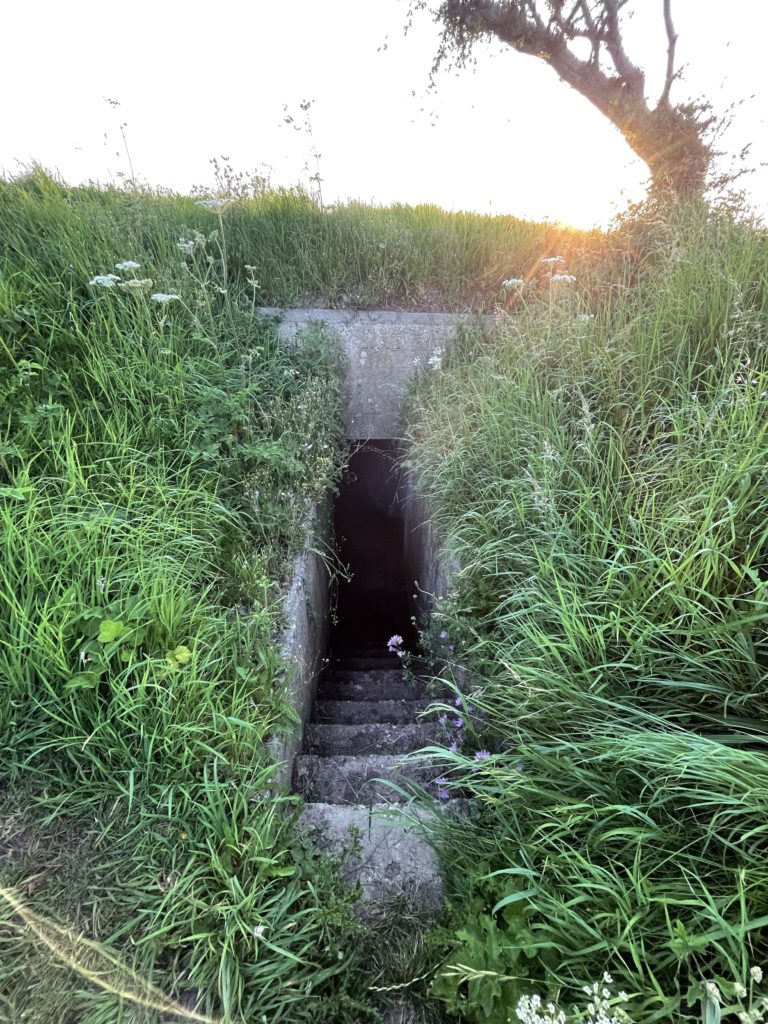
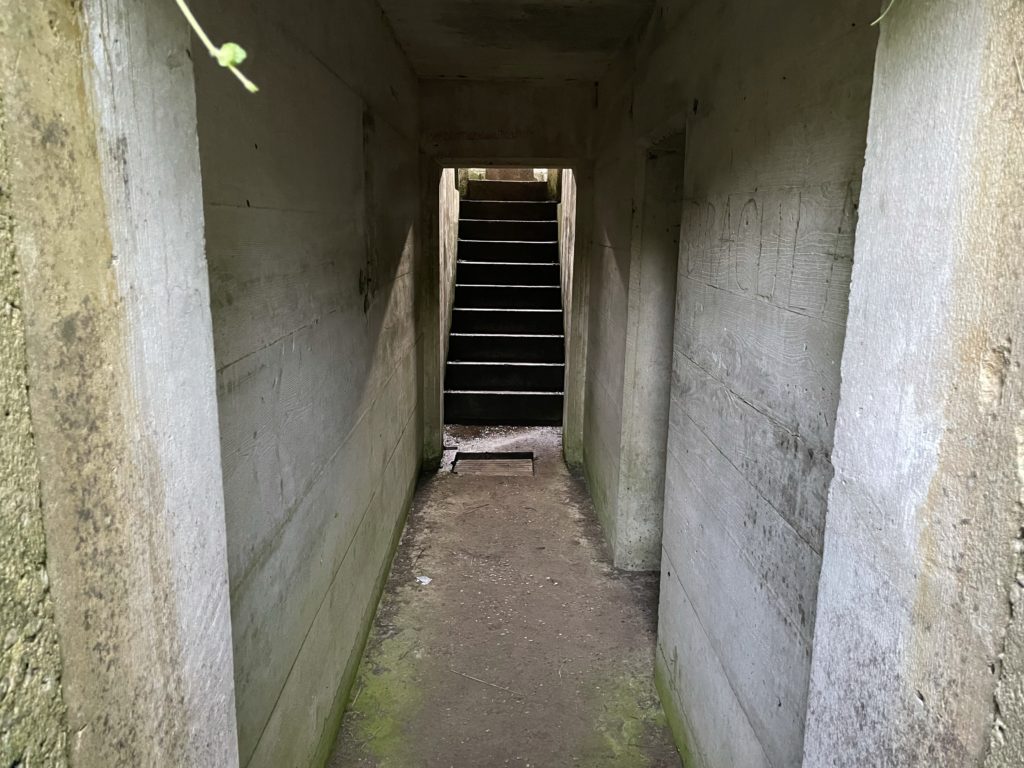
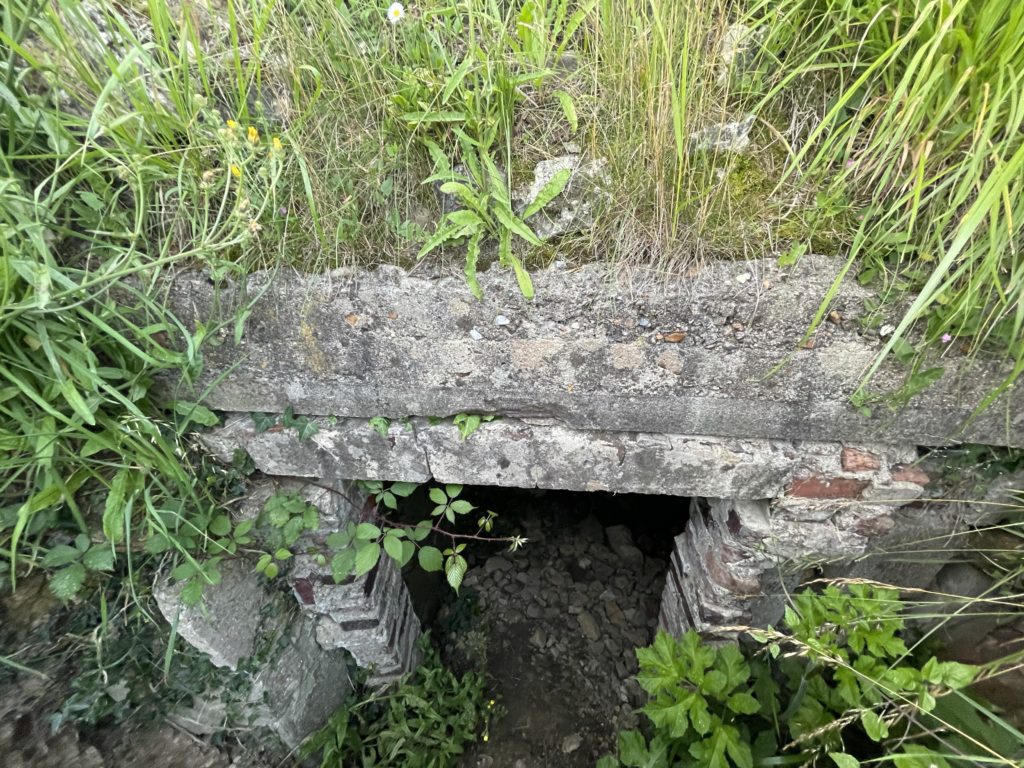
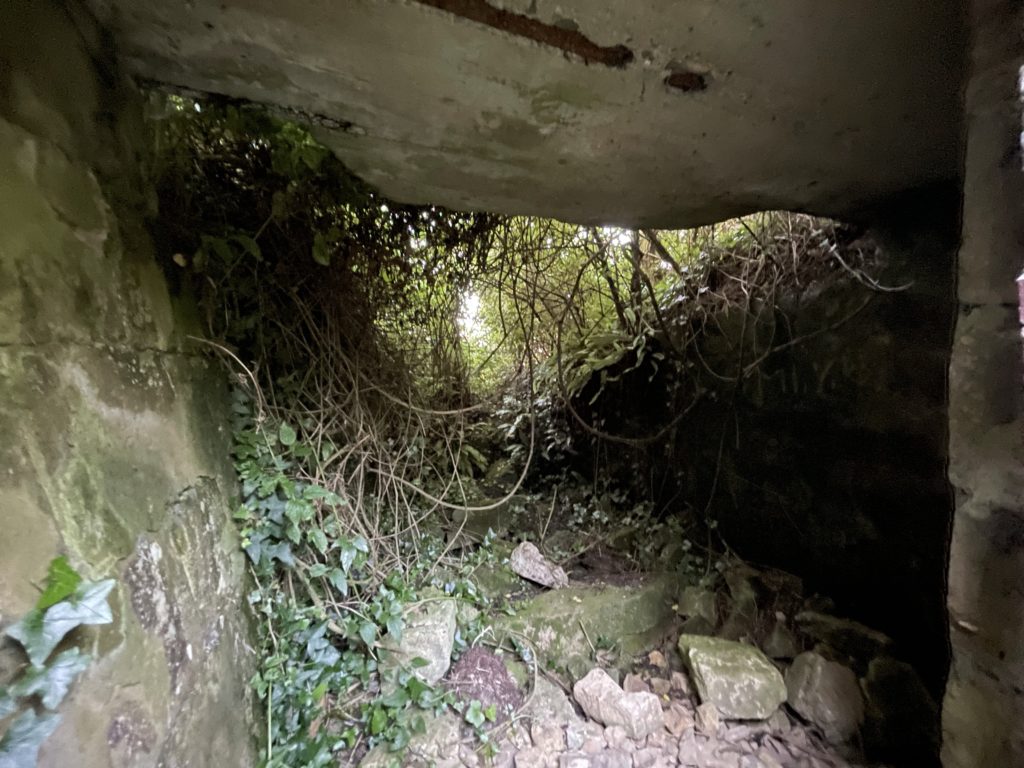
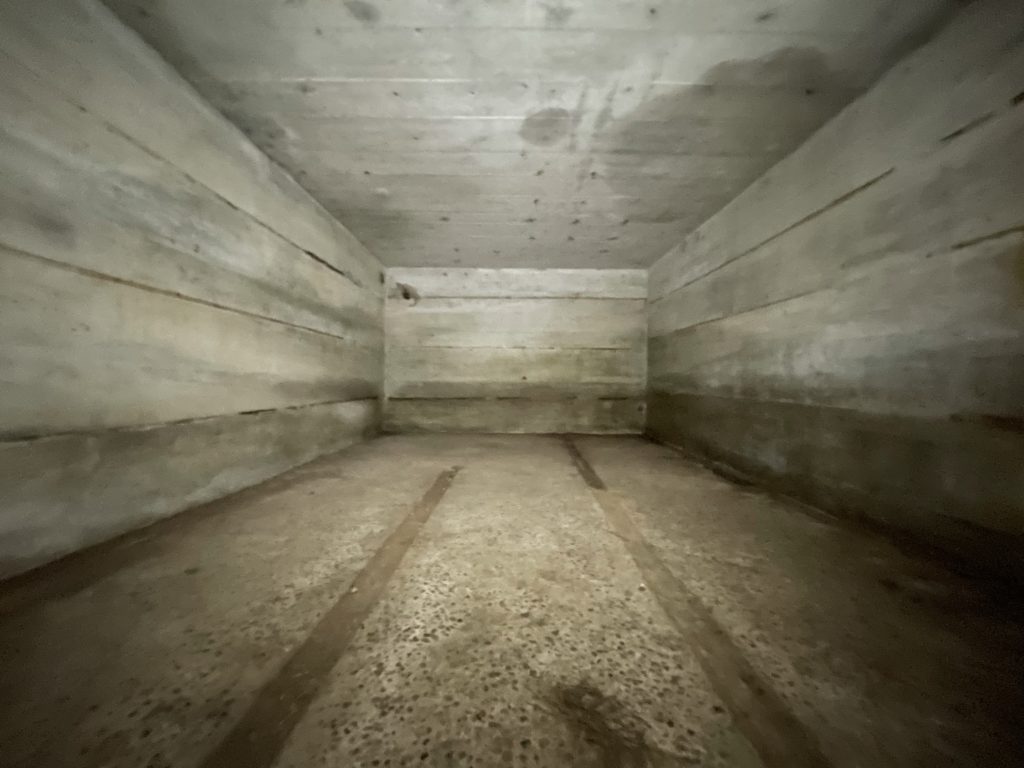
Normandy American Cemetery
Overlooking the now-peaceful beaches of Normandy are several cemeteries for the Allied soldiers. We chose to visit the Normandy American Cemetery overlooking Omaha beach, the primary site of the American invasion.
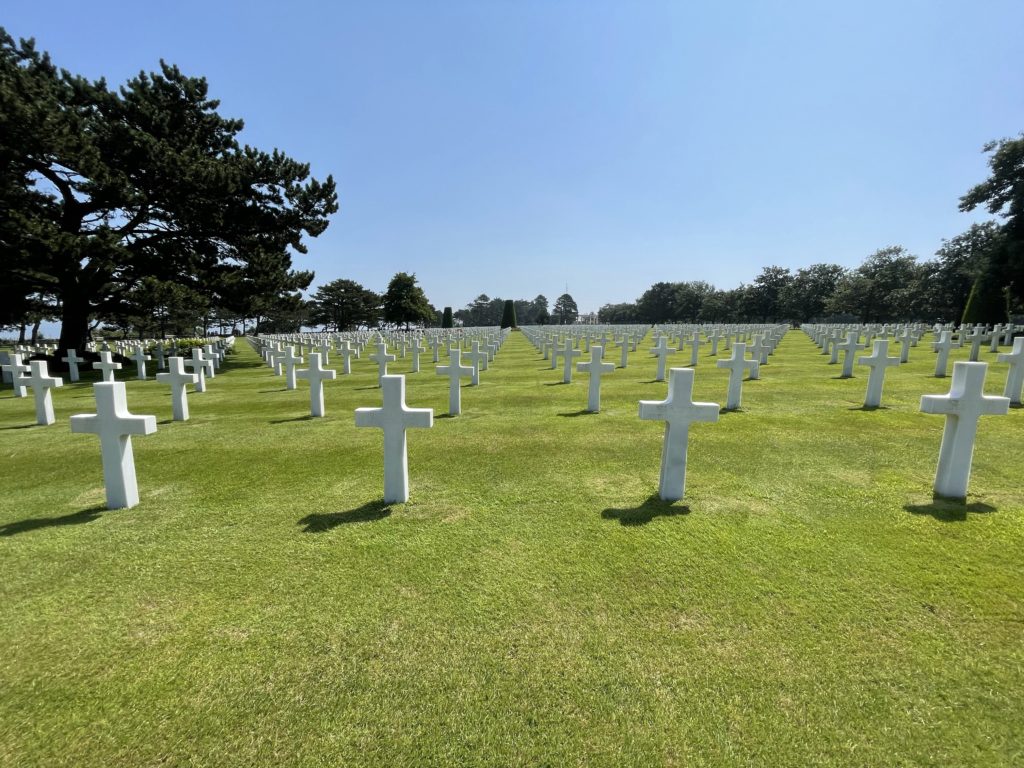
Over 10,000 American soldiers found their final resting place in this cemetery. Lizzie and I were humbled seeing the dizzying number of headstones, imagining what each person was like. Fortunately, we didn’t have to work our imaginations too hard – there are so many organizations who have made it their aim to collect photos and stories of the soldiers buried here and in other American cemeteries around the world. We chose a few headstones and went deep on their stories, reflecting on their sacrifice and remembering their stories with gratitude in our hearts.
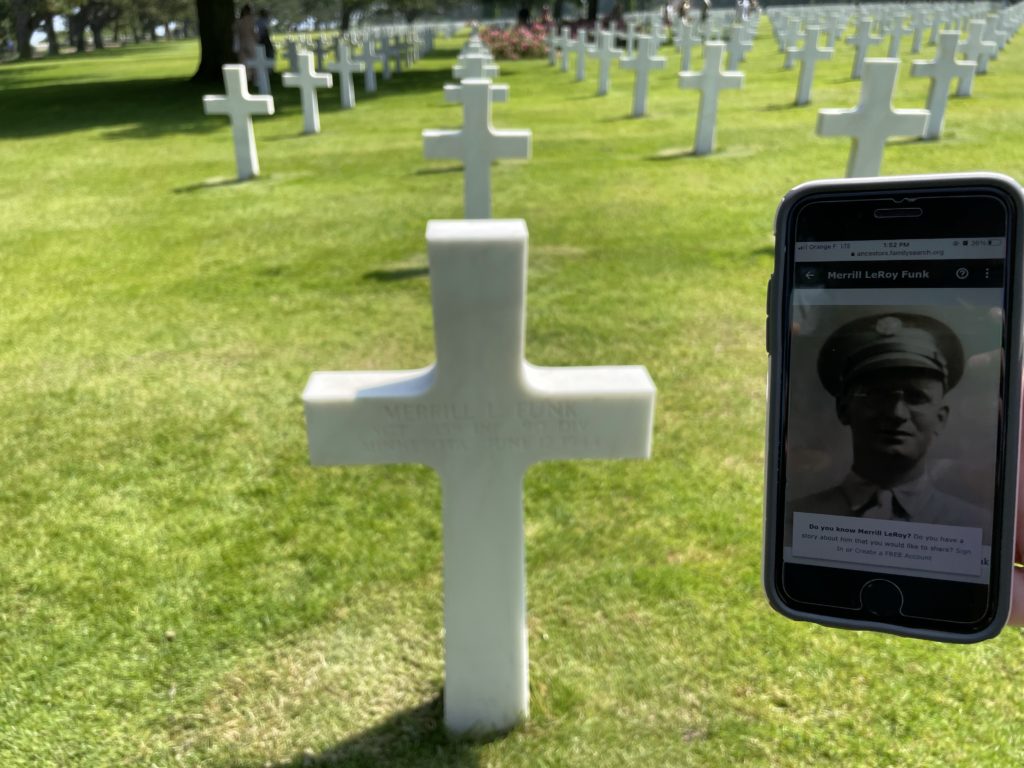
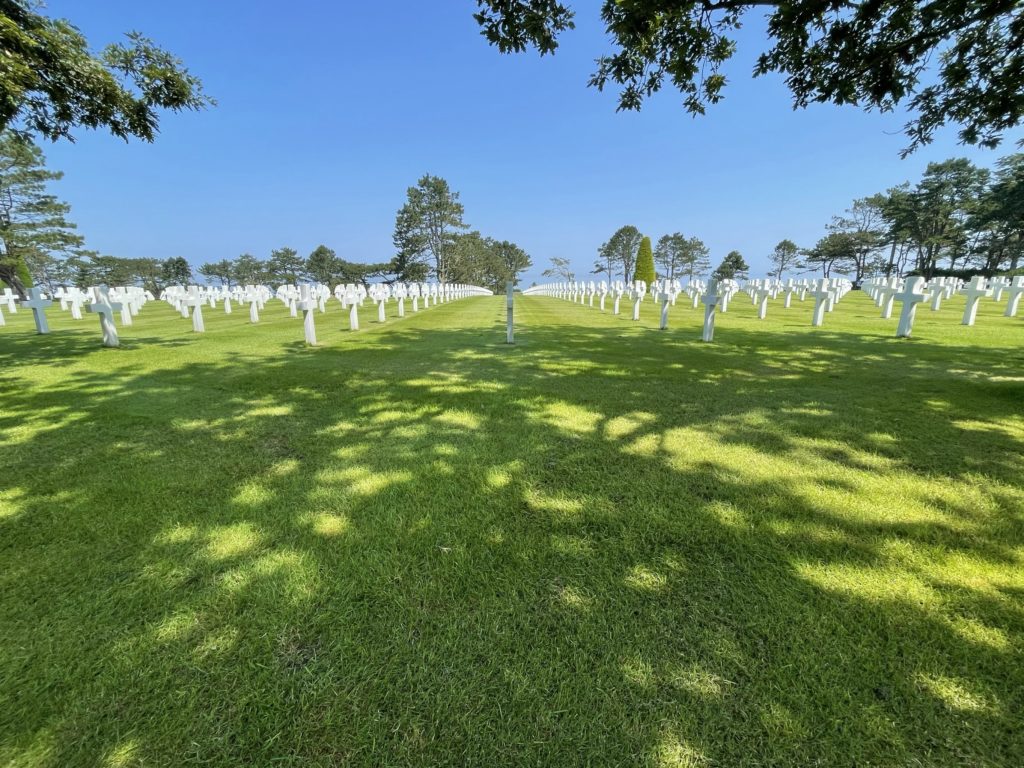
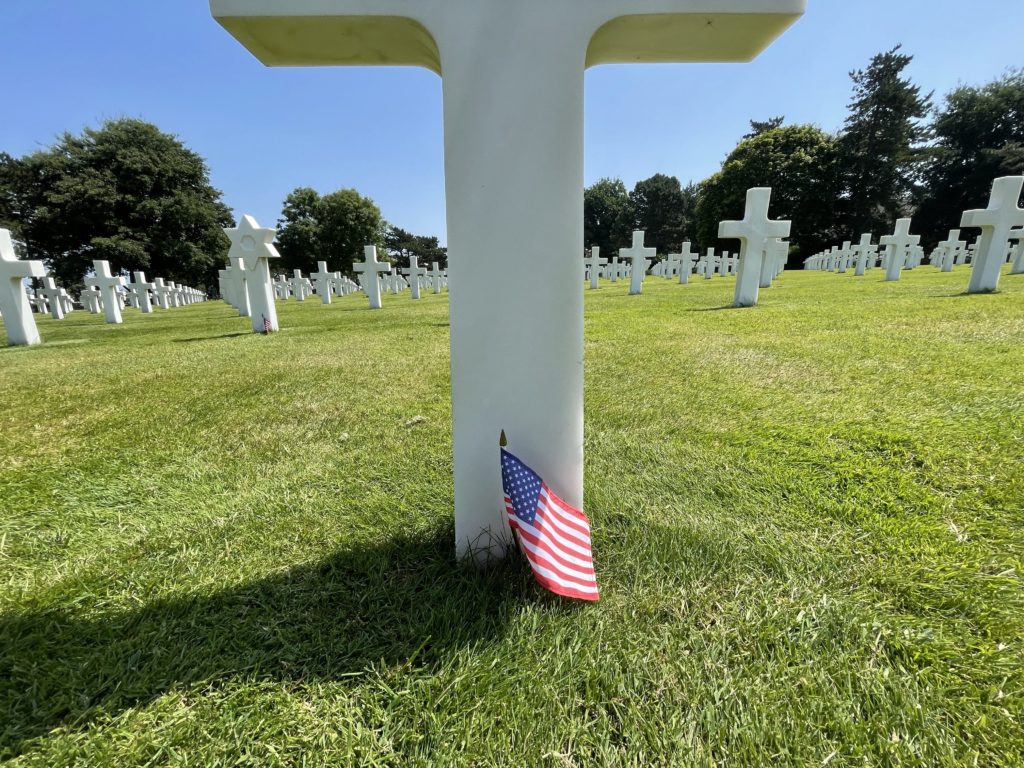
This cemetery is technically owned by France. They help secure it and maintain it to this day. This includes keeping the lawns and gardens pristine and keeping the gravestones clean. We sat and watched how local Normandy workers paid so much respect and care to each gravestone as they washed them, spending perhaps 20-30 seconds on each one. They said they clean all 10K gravestones every day.
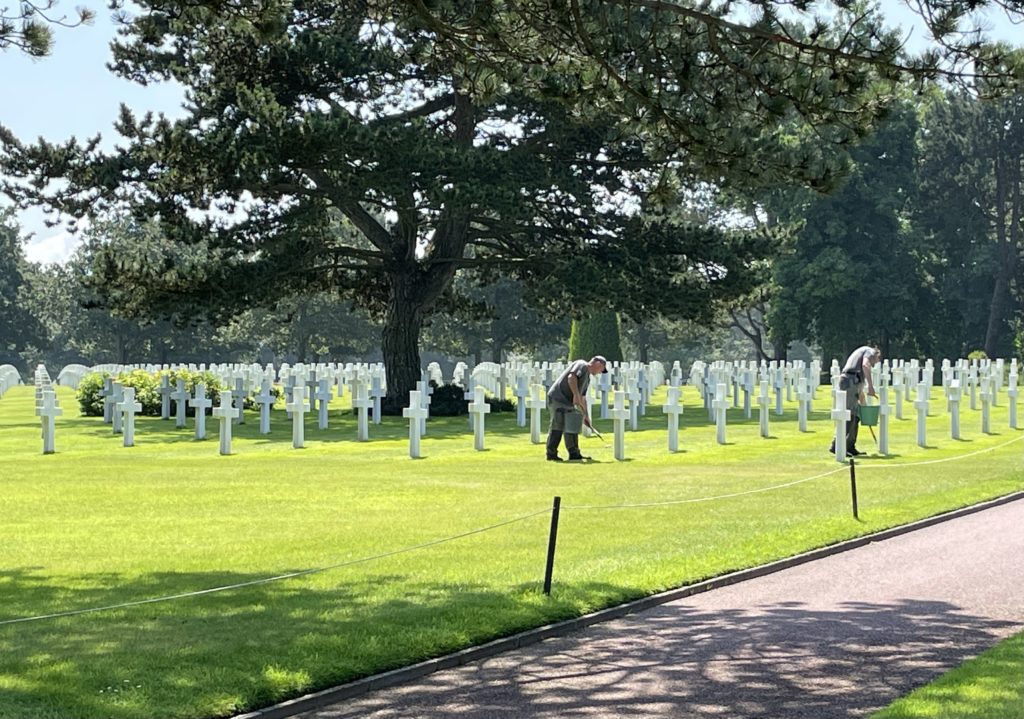
Mont Saint-Michel
After spending the night in Villedieu-les-Poêles, we drove west through the countryside to Mont Saint-Michel.
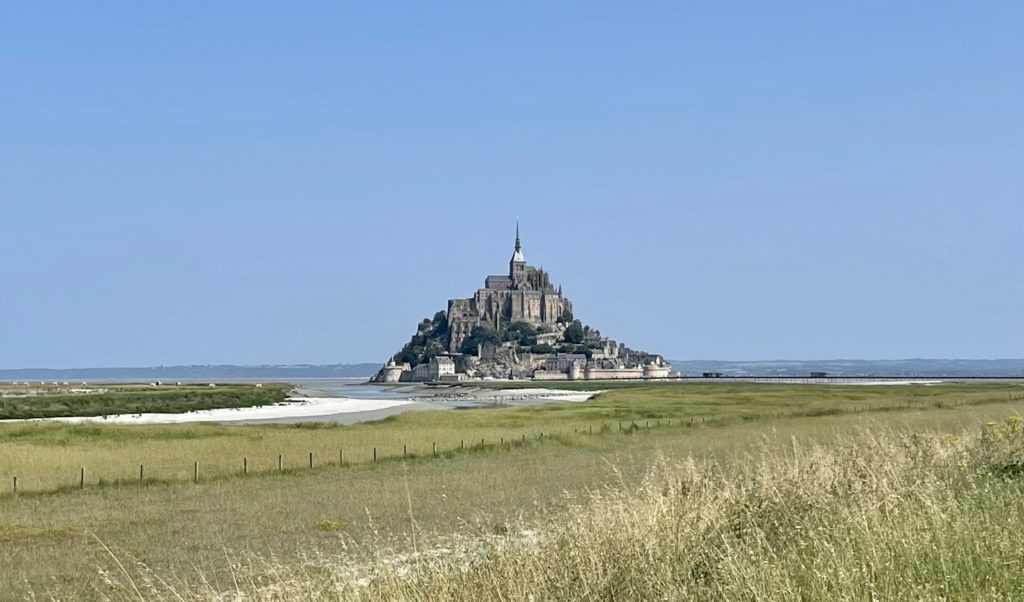
Built in the 800-900s on a tiny island in the English Channel, Mont Saint-Michel floats like a mirage on the horizon. This island is host to an historical abbey that has been the center for Catholic pilgrimages for centuries. Today, there are only 30 permanent residents on the island. The rest of the hordes are tourists like us!
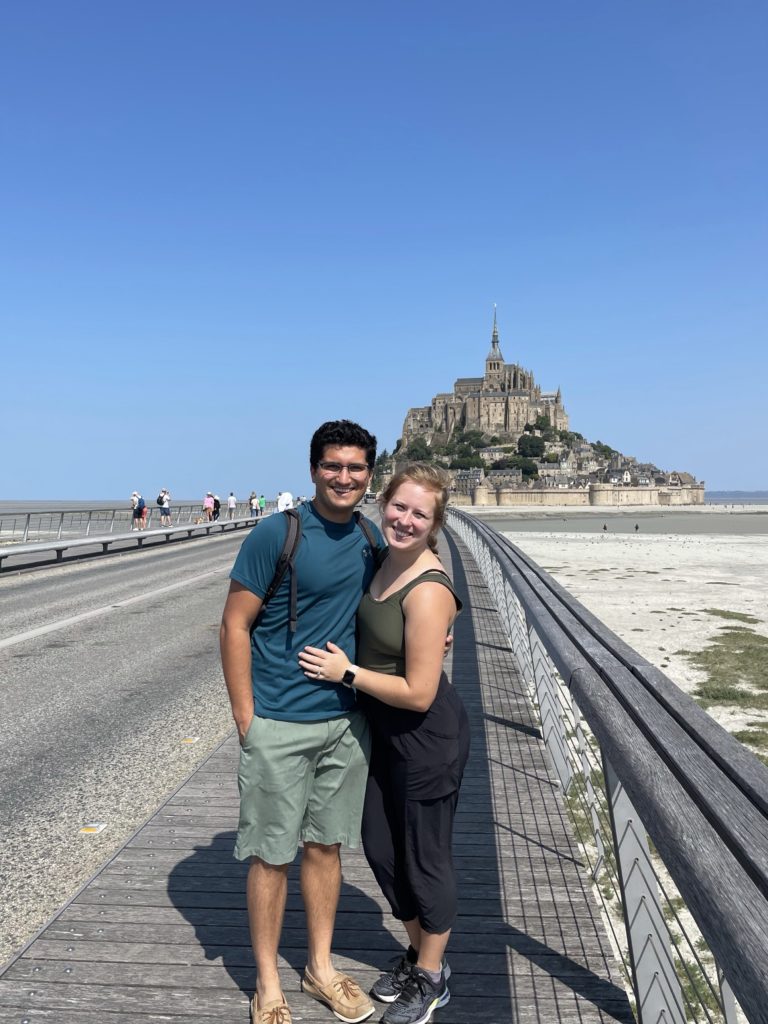
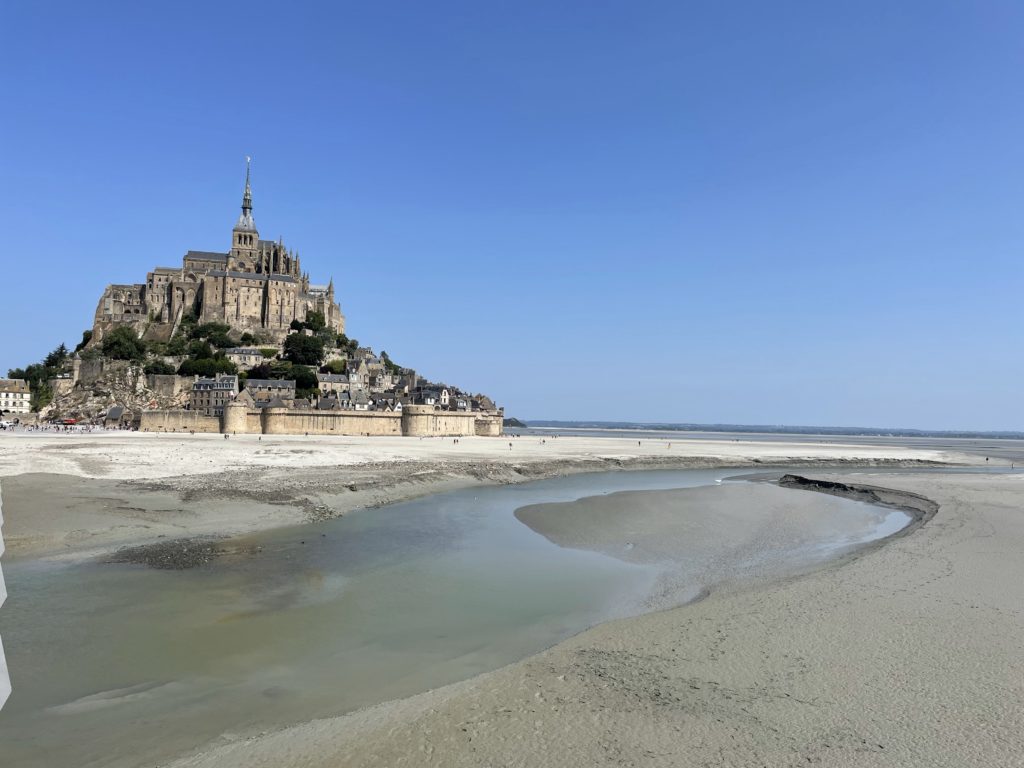
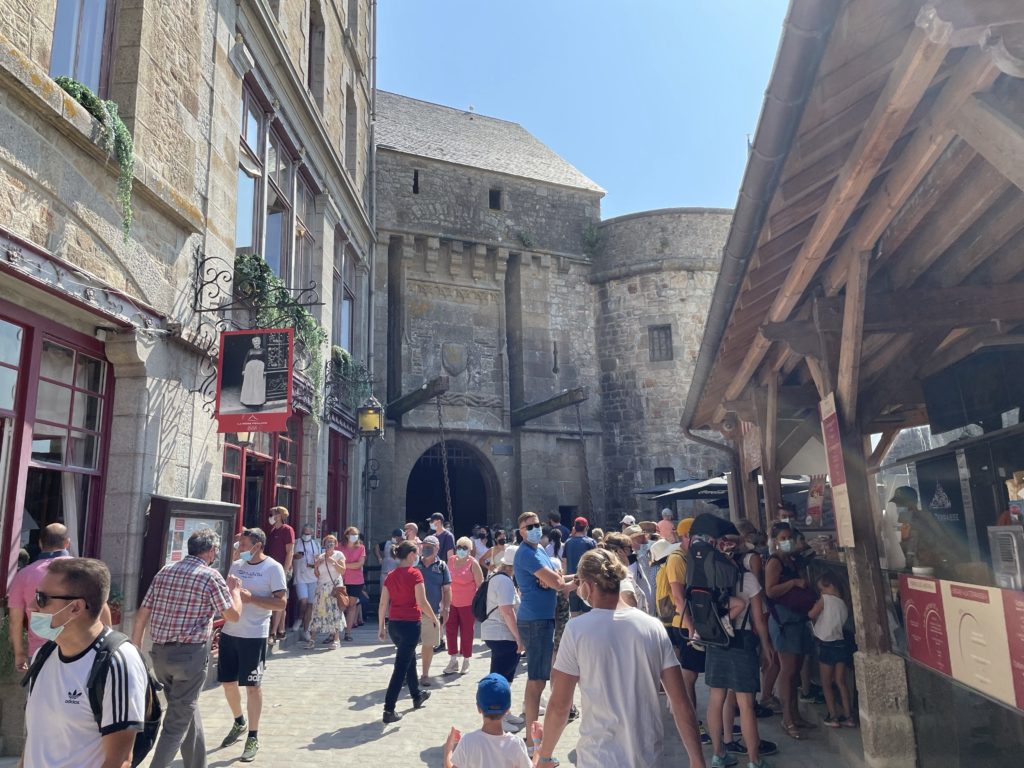
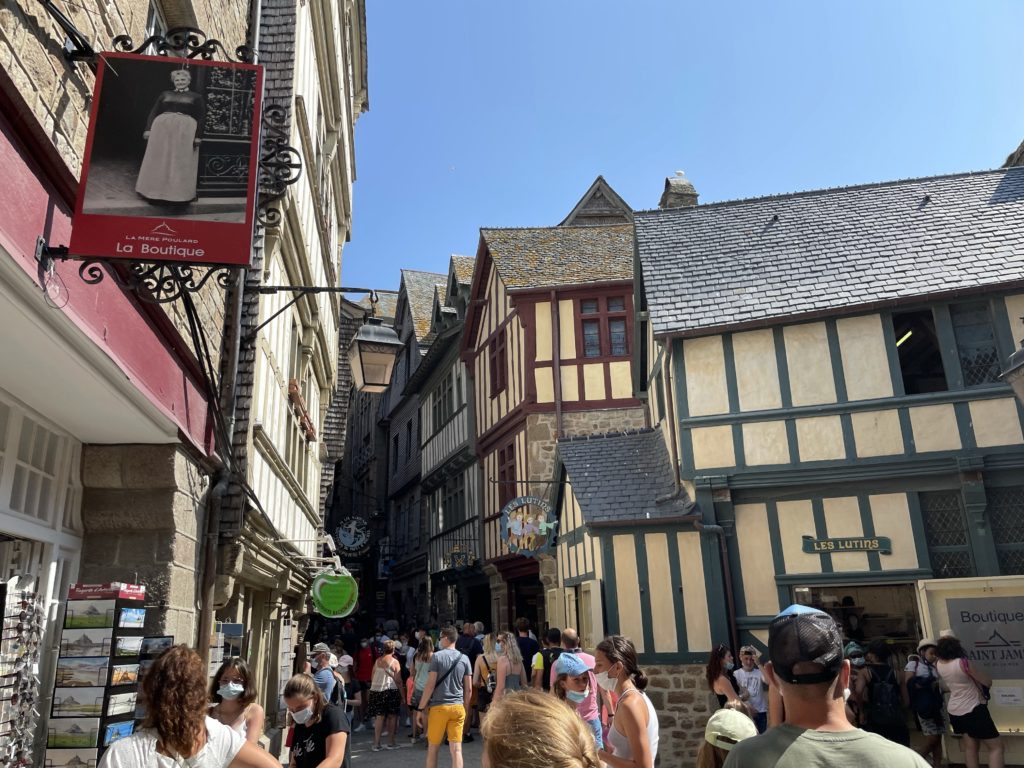
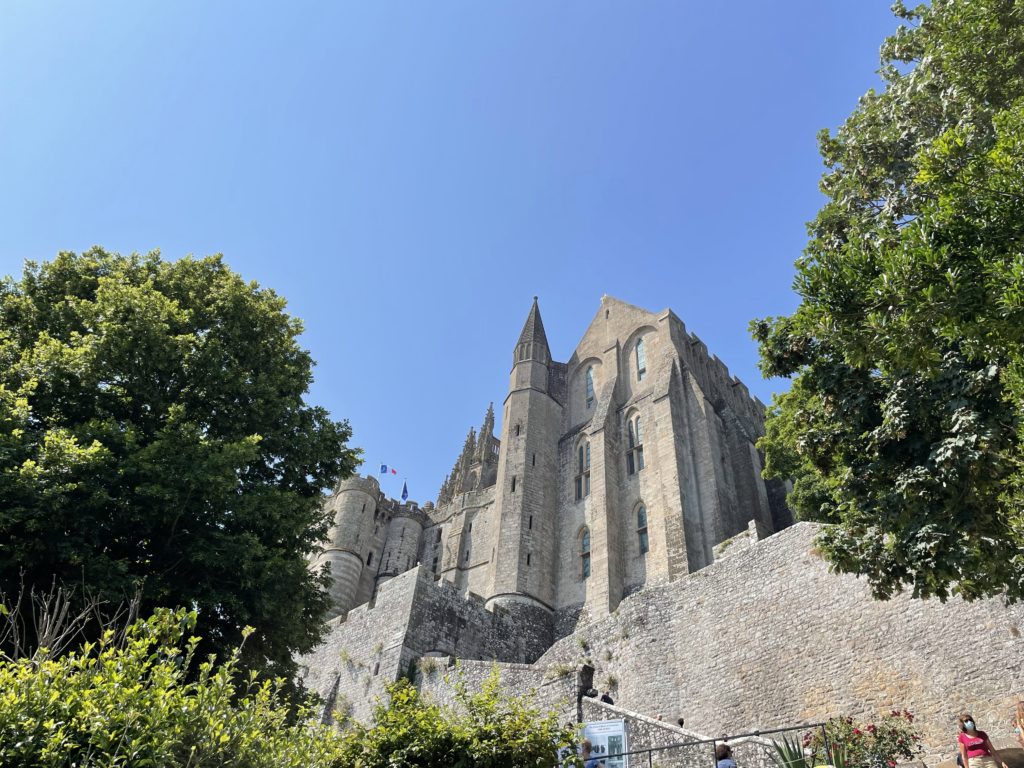
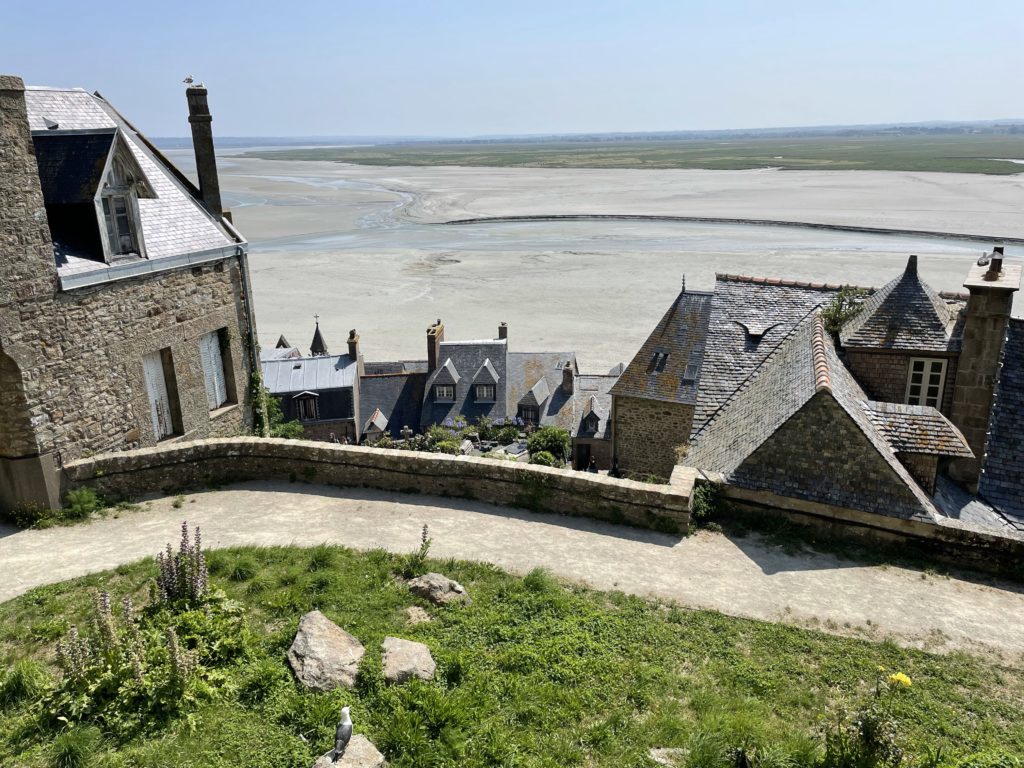
As you can tell from some of the pictures, Mont Saint-Michel is a big attractor for tourists. There are portions of the city streets where it feels like you are shoulder to shoulder with other tourists, and that can be pretty overwhelming – especially for Lizzie and I who like to find ways to get off the beaten path where possible. Towards the top of the island the crowds thin out a bit and we were able to enjoy reading about the history of Mont Saint-Michel in a quiet park which we loved. Tourists aside, the island is truly breathtaking. But next time we might just enjoy it from the less crowded beaches instead!
